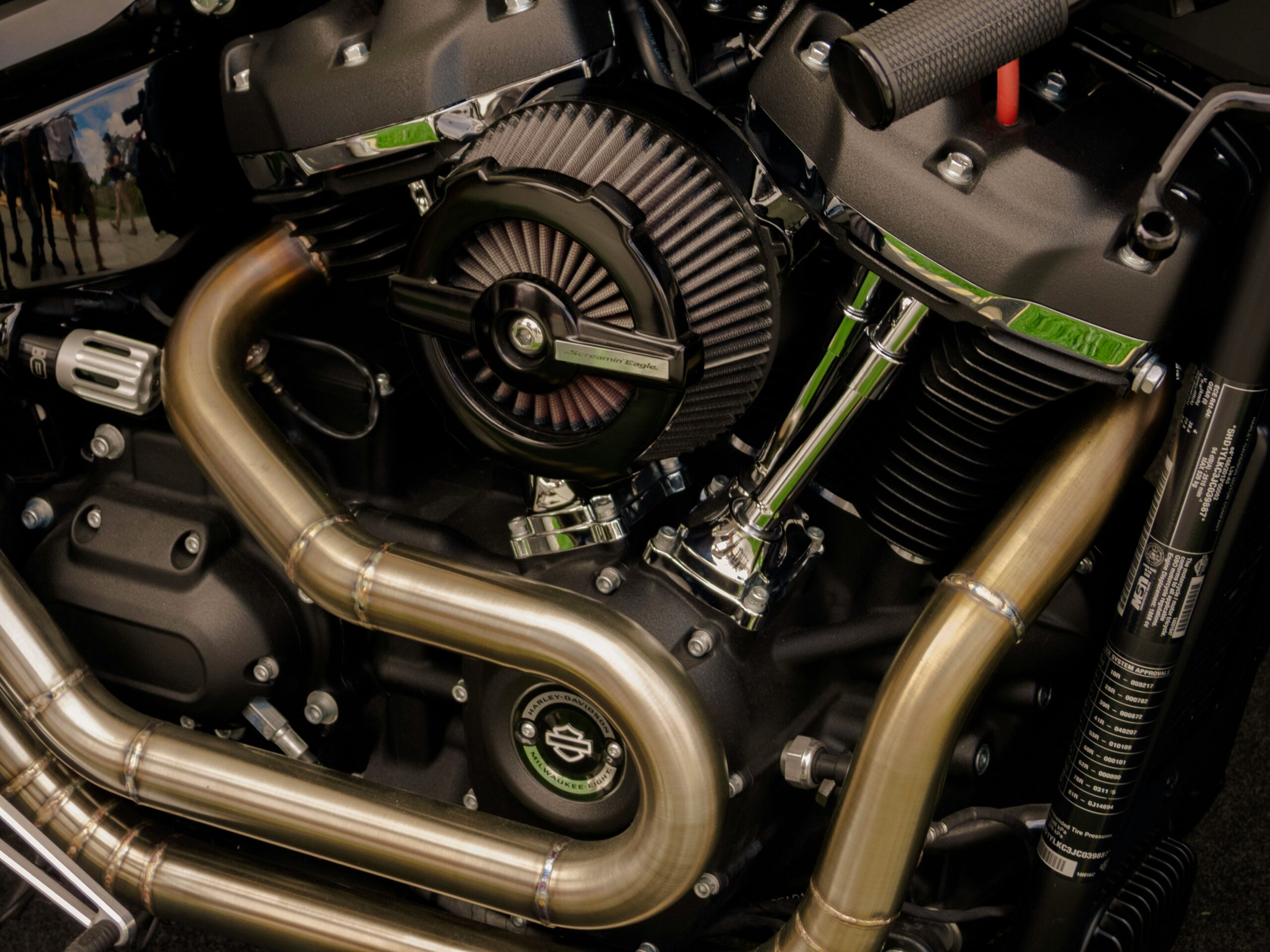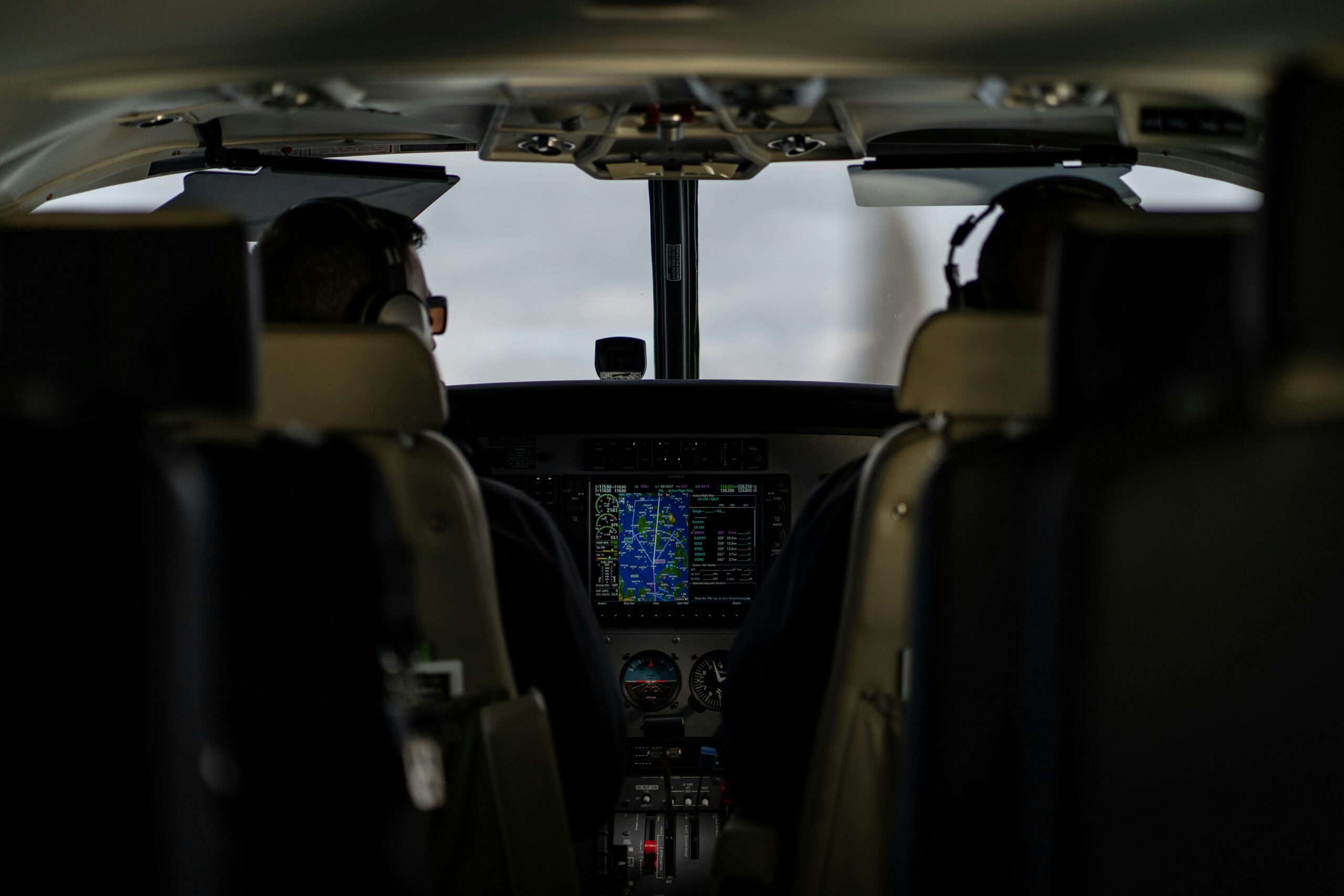There’s something deeply private about owning your very own airplane. It’s more than only a gadget—it’s freedom, adventure, and a declaration of who you are as a pilot. But on the subject of the question “what plane should I buy,” the answer isn’t always simple. With so many makes, fashions, and undertaking profiles to bear in mind, choosing the right plane can feel like navigating through clouds without devices.
This article is your compass. Whether you are a scholar pilot dreaming of your first solo, a weekend flyer making plans for United States of America journeys, or a seasoned aviator seeking out overall performance and status, we’ll manual you through the skies of opportunity.
Because whilst it comes all the way down to it, the maximum vital question in preferred aviation is not if you can purchase a plane—however, alternatively, what aircraft ought to I buy?
Table of Contents
1. Know Thyself – Understanding Your Needs
Before starting a browser listing or going to FBO, you can ask yourself some important questions:
1. What Plane Should I Buy? Training? Entertainment? Business trips?
2. How many passengers do I usually take?
3. Where should I fly most often? Short hops or long across the offenses?
4. What kind of runway length do I have?
5. Will I just fly under instrument conditions or just stick to the VFR?
6. Your answer will significantly shape your decision. Because at the end of the day, knowing 7. what you want, helps you answer the big question: what plane should I buy?
2. Budgeting for the Sky
Being owned by a plane is more than just writing a check. This is a lifestyle investment. What Plane Should I Buy while deciding your budget?
1. Procurement cost
The price of the sticker varies much more than $ 50,000 for a Sesna 120 to a modern Cirrus SR22T for more than $ 1 million. Decide how eager you are to use it in advance.
2. Operating costs
Fuel combustion, oil change, hangers, insurance, and maintenance are all added. For example, a stamp may cost $ 100- $ 200 per hour to operate a piston single, while a turboprop can run $ 500+ per hour.
3. Maintenance and overhaul
The engines have periods. Buying a plane with a short time on the engine (toe) can save you thousands later. In addition, some aircraft cost several parts, or they require special mechanics.
Before deciding which aircraft to buy, make sure you not only understand the purchase price but also the total cost of ownership.
3. Popular Aircraft and Their Missions
Now find out some types of normal aircraft and why they can or cannot – you can be right for you.
1. Sesna 172 – World’s favorite coach
Skyhoc has been a training flight for decades. It is forgiving, reliable, and accessible in both analog and glass-lockpit versions. If you ask which aircraft to buy for basic VFR flying, it is difficult to defeat the Cessna 172.
2. Piper Cherokee – skilled and appreciative
The PA-28 series provides a balance between speed, utility, and strength. From 140-hp wars to a 200-hp archer, available in many configurations, it is ideal for entertaining aircraft and light business trips.
3. Beechcraft Bonanza – performance and reputation
If you are looking for style and speed, Bonanja is mythological. The specific V-tail or straight tail variants provide excellent cruise performance and comfort. For these people should ask which aircraft should buy for fast, comfortable cross-country flights, the Onanza is worth considering.
4. Mooney M20 – Efficiency meets the speed
Mooneys is known for its fuel efficiency and high cruise speed. The M20 series includes models for each budget, ranging from old TLS to new recognition Ultra. Ideal for pilots who give equal importance to performance and economy.
5. Sirus SR20/SR22 – Modern security and technology
Siras revolutionized light aircraft with the entire aviation system (caps), making it a favorite among the new owners. These aircraft are filled with Garmin G1000 Avionics, Autopilot, and Top Level Safety Features. If you ask which aircraft to buy for a family aircraft and advanced technology, Sirius delivers.
6. Diamond Da40/Da42 – Glass Cockpit skill
Diamond aircraft are manufactured with smooth, modern, and general materials. Da40 is a four-seater engine aircraft for aircraft schools
4. New vs. Used – The Eternal Debate
One of the biggest decisions when considering What Plane Should I Buy is whether to go new or used.
1. New
Professionals:
1. Factory guarantee
2. Last Avionics and Security System
3. No hidden story
4. Security
5. Lack:
2. Used shopping
Professionals:
1. Cheaper input point
2. Depreciation is already absorbed by the previous owner
3. Extensive selection in models and configurations
3. Lack:
1. Potential for unknown maintenance problems
2. Old avionics may need to be upgraded
3. Major overhaul can come close to milestones
4. For many pilots, purchases are the best way to quickly go to heaven. But if you affect the state -Art, art technology, and security, a new pedestrian can be a better alternative when deciding what to buy.
5. Avionics and the Future of Flight
Modern avionics play a big role in the air experience, and What Plane Should I Buy is your decision.
Today’s aircraft are equipped with a full glass cockpit, synthetic view, GPS navigation, autopilot, ADS-B assembly, and even automatic healing capabilities. These systems increase security, status consciousness, and general happiness.Some popular Avionics packages include:
1. Garmin G1000 / G3x Touch
2. Avidine antigra
3. Spanish Evolution
When decidingWhat Plane Should I Buy, you should consider how important these systems are for your flight style and dimensions. If you are planning to fly in IFR or busy airspace, modern avionics are not just good – they are necessary.

6. Test Flights and Inspections – Don’t Skip This Step
Once you have limited the list and think which aircraft to buy, this is the time for the test itself: Inspection before Kharid and Test Flying.
1. Previous procurement inspection
A reliable A&P mechanic completely inspects the aircraft. They will examine everything from logbooks to motor compaction, landing equipment integrity, and corrosion history.
2. Test flying
Move the plane up with a qualified pilot or instructor. Evaluate handling, accountability, avionic function, and unusual noise or vibration.
These steps are important. Even the most beautiful paint job can hide mechanical sins. So when an attempt is made to decide which flight to buy, you must never leave the hard work.
7. The Emotional Side of Ownership
Buying a plane is not just a monetary choice – it’s also an emotional one.
You will fall in love with a few models. You will dream in which you want to blow them. You will believe hiking buddies and your own family, mountain climbing for the weekend’s exhilaration. This is the magic of possession.
But feelings can cloud a decision. Always balance the heart and head while figuring out which aircraft to shop for. What Plane Should I Buy Ask yourself:
1. Do I need to use this flight to justify the expenses?
2. Is this the right model for my modern skill stage?
3. Do I purchase because of passion or ego?
Regularly, the excellent aircraft suits your life, not simply your desires.
8. Final Checklist – Answering the Big Question
So what have we learned?
While deciding which aircraft to buy, you have a quick checklist to keep your mind:
1. Define your mission and use
2. Set a realistic budget, including operating costs
3. Make decisions between new and use
4. Choose a model that fits your flying style
5. Priority to aviation and security systems
6. Perform a whole pre-blessing inspection
7. Listen to your gut – but don’t ignore numbers
As you go through each of these steps, you will get the planes that are not only beautiful on the ramp but perfect for your trip.
9. Epilogue: The Sky Awaits
Ownership of aircraft is one of the greatest joys in aviation. It opens the doors to places, people, and experiences that you enjoy at any time. And when I have the process of choosing which aircraft to buy, remember at times, remember – you don’t just buy metals and clothes. You invest in freedom. In adventure.In the flight.
And when you have found the right one, you will be surprised at how you ever fly differently.
So take a deep breath. Review your options.
Ask the last question:
1. What aircraft should I buy?
Climb again.
Put the engine on fire.
And fly in your future.
1. What’s the best aircraft for a beginner pilot?
The Cessna 172 is widely considered the top choice for new pilots due to its forgiving flight characteristics, reliability, and widespread availability of parts and training.
2. Should I buy a new or used aircraft?
Used aircraft offer a lower entry cost and have already absorbed initial depreciation, while new aircraft come with warranties, latest avionics, and no hidden maintenance issues.
3. What’s the most important factor when buying an aircraft?
Your intended mission and budget are the most critical factors – whether for training, personal travel, or business use, as this determines the right aircraft type and ongoing costs you can afford.


